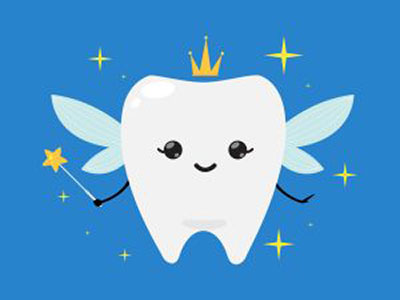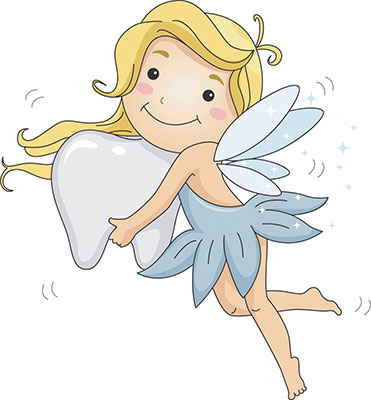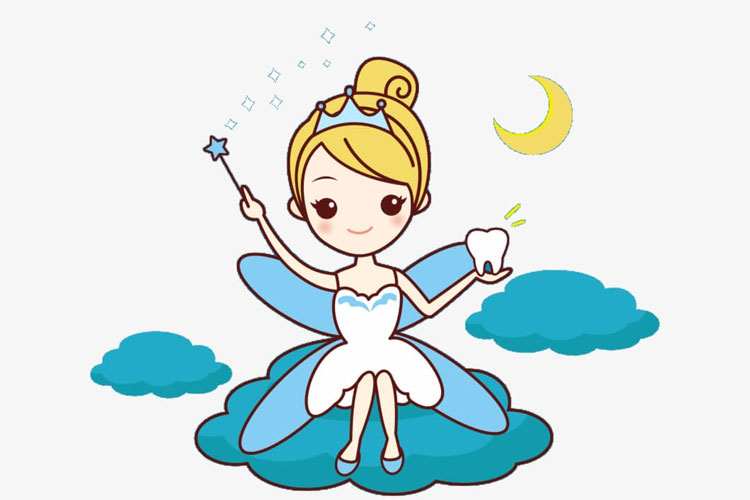Welcome to the St. Lawrence Dentistry’s Blog. Today, we’re excited to delve into the enchanting and universally cherished tradition of the Tooth Fairy.
This tradition not only plays a significant role in the lives of children experiencing the milestone of losing their baby teeth but also holds a fascinating place in cultural folklore across the globe. Let’s explore the origins, evolution, global presence, and intriguing facts about the Tooth Fairy tradition.

The Tooth Fairy tradition dates back to ancient times when disposing of lost baby teeth was common. In medieval Europe, people would bury fallen baby teeth, a ritual believed to safeguard the child in the afterlife. The Norse culture thought lost teeth had magical properties and had a “tooth fee” practice, where children received compensation for their lost teeth.
In early 20th century America, the modern concept of the Tooth Fairy emerged. It gained popularity through Esther Watkins Arnold’s 1927 play “The Tooth Fairy”. This incarnation of the Tooth Fairy has evolved, reflecting cultural and societal changes, including the amount of money exchanged for teeth.
Although primarily celebrated in English-speaking countries like the USA, Canada, England, and Australia, variations of the tradition exist worldwide. In Spanish-speaking countries, a similar role is played by “Ratoncito Pérez” or “El Ratón de los Dientes”, a tooth-collecting mouse.

The Tooth Fairy’s appearance varies widely, sometimes even depicted as male. Parents use the tradition to encourage children to maintain healthy teeth. Asian cultures have unique practices, like throwing lost teeth onto roofs or beneath floors while making wishes. The Tooth Fairy features in various forms of media, symbolizing whimsy and care. Museums in Deerfield, Illinois, celebrate the Tooth Fairy’s history.
At St. Lawrence Dentistry in Port Credit, Mississauga, we cherish these traditions and the joy they bring to children and families. We understand that losing baby teeth is a significant milestone in a child’s life, and the Tooth Fairy tradition adds magic and excitement to this natural process. Our practice is committed to making each dental experience for your child as pleasant and memorable as possible, perhaps even something the Tooth Fairy would be proud of!

Thank you for joining us on this fascinating journey through the history and charm of the Tooth Fairy tradition. We hope it has brought a smile to your face, just as we strive to bring smiles to all our patients at St. Lawrence Dentistry.
- St. Lawrence Dentistry Looks Forward To St. Patrick’s Day! - March 12, 2025
- Understanding Dental X-Rays and Radiation: What You Should Know - January 13, 2025
- Happy New Year from St. Lawrence Dentistry! - December 30, 2024











